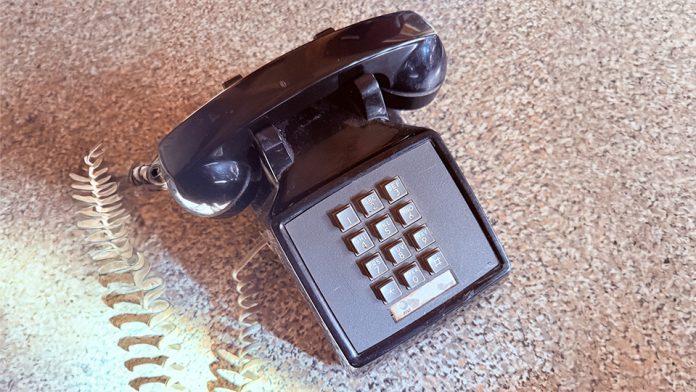It doesn’t ring. It doesn’t connect. But I still keep it.
Sitting quietly on my shelf is an old black touch-tone phone — a solid, no-nonsense reminder of a time when communication was simple, direct, and wired. The phone’s not active anymore, but I’ve kept it as a symbolic artifact — a nod to how far we’ve come in just 15 years.
In the early 2000s, copper landlines were everywhere. Nearly 200 million were in use across the U.S. Fast forward to today, and fewer than 30 million remain — most of them slated for decommissioning by the end of the decade. Telecom providers are retiring copper networks in favor of fiber, 5G, and internet-based calling.
And why not? Cell phones revolutionized communication. They’re fast, flexible, and feature-rich. We’ve gone from dialing tones to digital assistants, from “Can you hear me now?” to 5G video calls. The infrastructure has advanced too — cell towers now come with backup power and network resilience. But there was something incredibly dependable about these old phones.
Touch-tone phones didn’t need power. They didn’t crash. They didn’t need updates. In emergencies, when the power grid failed and mobile networks were jammed, they kept working. That reliability is something we’ve slowly phased out in exchange for versatility.
I don’t use the phone anymore. It doesn’t need to be plugged in to serve its purpose. It’s a relic — but it’s also a reminder. A reminder of how far we’ve come. A reminder to appreciate the infrastructure that powers our present. And a reminder to always ask ourselves what we’re gaining — and what we might be leaving behind — as we race forward in the name of innovation.





